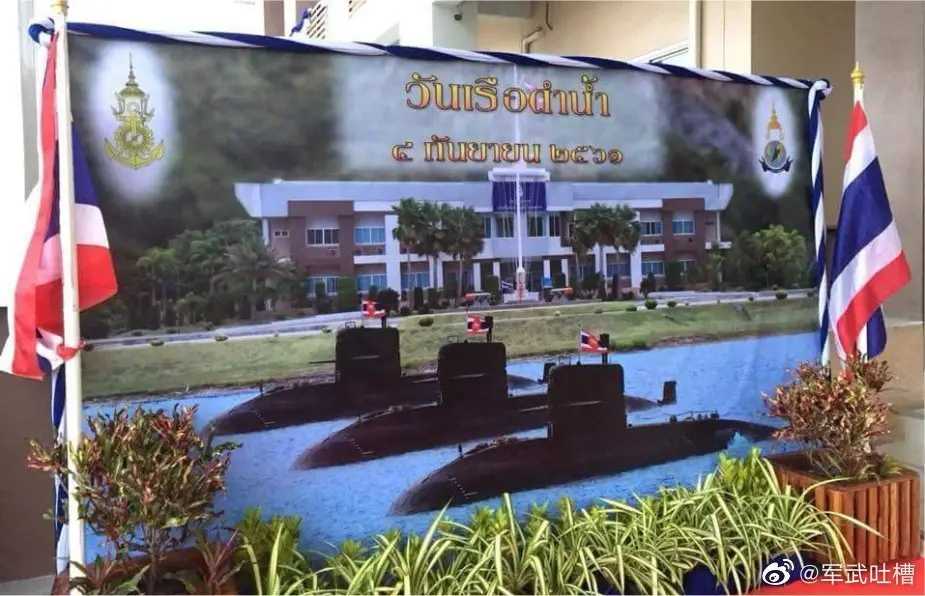Breaking news
Thailand will probably accept Chinese offer of CHD620 engines for subs.
According to information published by The Star on April 18, 2023, Thailand is currently in discussions with China to resolve an ongoing dispute over a submarine engine, according to Prime Minister General Prayut Chan-O-Cha.
Follow Navy Recognition on Google News at this link
 Artist rendering of the future S26T submarines. (Picture source: weibo)
Artist rendering of the future S26T submarines. (Picture source: weibo)
The announcement follows the delivery of the Royal Thai Navy's latest ship, a frigate designed to support a Chinese S26T Yuan-class submarine, which has been delayed due to the dispute over its engine.
The Thai navy reportedly began discussions last week about switching from the originally specified German-made engines to Chinese-built CHD620 engines.
The issue arose after a German company pulled out, citing a European Union embargo on selling military items to China. China has offered to install a Chinese-made engine in the submarine, but the Thai government has so far insisted on the use of German engines as specified in the contract.
The Prime Minister added that Thailand must listen to China's recommendations on the submarine engine issue.
About the S26T submarine
In May 2017, the Thai Navy signed a contract with CSSC for about $1 billion (nearly NT$30 billion) to order three S-26T submarines, and the first is expected to be delivered to the Thai Navy in 2023.
The S-26T submarine is 66 meters long, 8 meters wide, and 8.2 meters high, with a submerged displacement of 2,300 tons, a double hull structure, a maximum diving depth of 300 meters, a maximum speed of 18 knots, a maximum range of 8,000 nautical miles at 16 knots, and can carry 38 people.
The submarine uses a shell rudder and a cross-tail rudder design, which also follows the mainstream trend of similar well-known products internationally.
The 7-blade large-diameter inclined propeller located at the stern of the S-26T is also a manifestation of its advanced capabilities. The propeller blades are twisted like blades, with a clear trailing edge angle at the end, and the flow field of the propeller blade is more reasonable. At the same rotational speed, it can significantly reduce the generation of air bubble noise and ensure the submarine's quiet navigation.


























